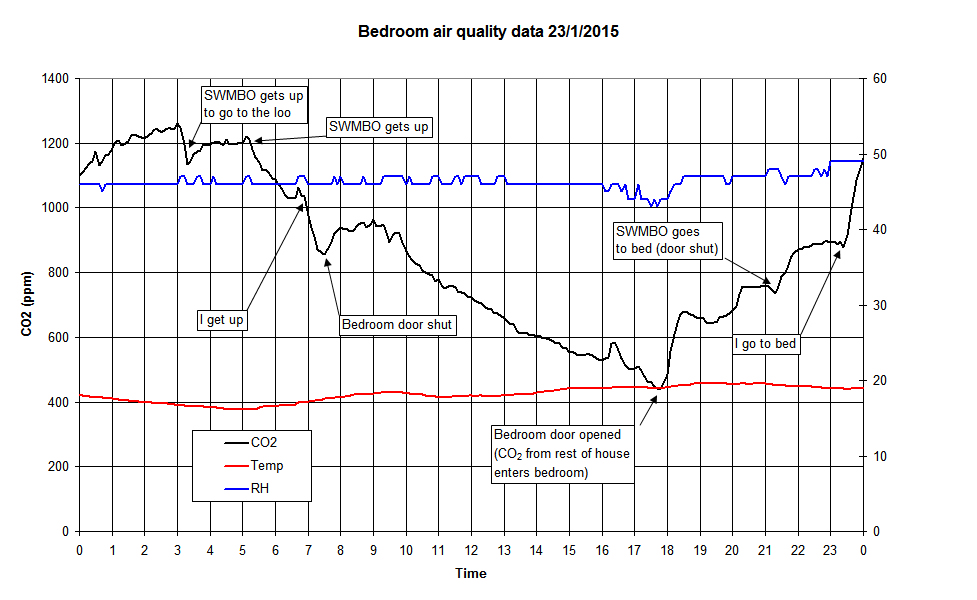Leaderboard
Popular Content
Showing content with the highest reputation on 12/20/19 in all areas
-
2 points
-
It’s easy to give up . In my experience after 5 years fighting planning my assumption is that everything is designed so that you give up and quit . You don’t do that - no matter what ! ?1 point
-
Kinderling! it looks better in the photos. some has shrunk and coming away (it was stuck down with black glue i imagine in sheets??). its about 7mm thick? do you recon its worth anything if i took it up carefully as there is about 44m2 of it?1 point
-
Best thing we have done but we are only 9 months in!... one of my ambitions is to never drive on the M25 ever again! unfortunately i am nowhere near that yet....1 point
-
1 point
-
1 point
-
I think there has been very significant progress since then. IIRC correctly the 2013 building regs provide a major reduction in energy usage over 1990. 2013 over 2005 was a reduction of half in the energy use of newbuilds. What is the EPC no of an unupdated 1990 build? But 80%+ of the current housing stock was built pre-1990. And that is the elephant in the room. And there is the issue of Building Regs not being met in newbuilds. F1 point
-
Panic over! Until the next one, anyway. The bit I'm after is called a support block, should anyone find themselves in a similar predicament.1 point
-
Indeed yes, sad as it is, they were surprisingly prescient in NOT making any prediction that homes would have high levels of insulation & airtightness in 2020. The aerogel thing made me laugh. Just like the so much contemporary thinking on climate change, it was all "futuristic high tech materials will save us!", when in fact most of us use recycled newspaper and expanded polystyrene. The materials have existed for decades, what makes the crucial difference is actually bloodywell using them.1 point
-
I would not give that the satisfaction of being described as a "roof window" It look like some DIY bodge job. What's the roof material? it looks like box profile sheets cut into strips? The lead flashing above the window needs to be longer and tuck under the roof cladding strip above it, not end just below it with half a tube of some sealant hoping to seal it. And the same with the side flashings, they need to be longer so they tuck under the roof sheet above.1 point
-
I loved the bit about no more power points, just stick a pad on the wall and it will get power anywhere. And the bit about only heating the rooms you use misses the point about a well insulated house completely.1 point
-
welcome to the forum sounds like you going for full 21stcentury upgrade lots of piccies please1 point
-
We're hoping to do that one day. Welcome to the forum by the way and good luck with the project.1 point
-
if doing as @Temp suggests, insted of right angle timber hooks, have them with a slight slope to enable them to tighten as they slide down.1 point
-
Welcome, as we say to all newcomers, there is no such thing as a stupid question, stupid is not asking so ask away.1 point
-
Hi and welcome. It sounds like your expectations of what is needed to do it right are correct so you should be well prepared to make a good job of it.1 point
-
We have a passive-class house with MVHR which ensures that we have an airy damp-free environment. The HR element roughly halves the overall heat losses for the house. We only have ground floor UFH in the slab and this heats our entire 3 storey house effectively. Without the HR we would have had to design and install some form of secondary CH for the upper two floors. As it we don't so no rads, no boiler, no wet CH piping, and unencumbered walls. So for us, MVHR was a cost-effective self-install and far cheaper / simpler than the alternatives. And I strongly suggest MVHR is a no-brainer for anyone wanting a passive-class home.1 point
-
There's a reasonably good argument for defining goals at the start of any project, and then gathering data to see how best those goals might be met, and finally doing a lot of "what if?" comparisons to try and narrow down all available options to get the best compromise. Sadly, this isn't often how some approach major works, as it seems to be human nature to want to choose things, not because they make best sense, but just because your want them, for reasons that may not be wholly rational. Many people buy houses, cars, choose holidays etc largely on this basis. With a renovation job I think that a bit of money spent up front on seeing just what you've got to start with, and just what you might reasonably be able to do, would be a wise investment. Even a rough and ready model of the best and worst elements of the fabric would give a useful indication as to where best to commit limited resources. It may well be that MVHR just doesn't make sense, in terms of the energy saving it might offer for a particular project, in which case a PIV system might be a lot cheaper and easier to install and offer much the same air quality benefit. It's far too easy to get suckered in by the advertising hype for products and systems, and assume that they are "must have" bits of kit. Sometimes they may be, but often they may not. Exactly the same arguments apply to other technologies that get discussed here, like heat pumps, or phase change thermal storage. They can work very well for some use cases, but not for others. It all comes down to understanding what you're dealing with initially, and what you might reasonably be able to achieve, both practically and in terms of affordability.1 point
-
It's a nasty, wet, day here, and we've been shut indoors all day, not even gone outside once, so all doors and windows have been shut tight since yesterday. Just taken this 'photo of the hall display from the house monitoring/data logging system: That CO2 level is around 100ppm higher than we normally see, most probably because the MVHR hasn't been on boost since around 08:00 this morning, and because neither of us has been out of the house. If I started seeing levels as high as 900ppm then I'd be looking to find out why they had risen so high. We find that the CO2 level tends to fluctuate between about 450ppm up to about 800ppm, but never much higher than that. The outside CO2 level here seems to be about the global normal concentration ~420ppm. By way of contrast, this plot was from a logger placed in the bedroom of our old house, with a small window left permanently open for ventilation:1 point
This leaderboard is set to London/GMT+01:00



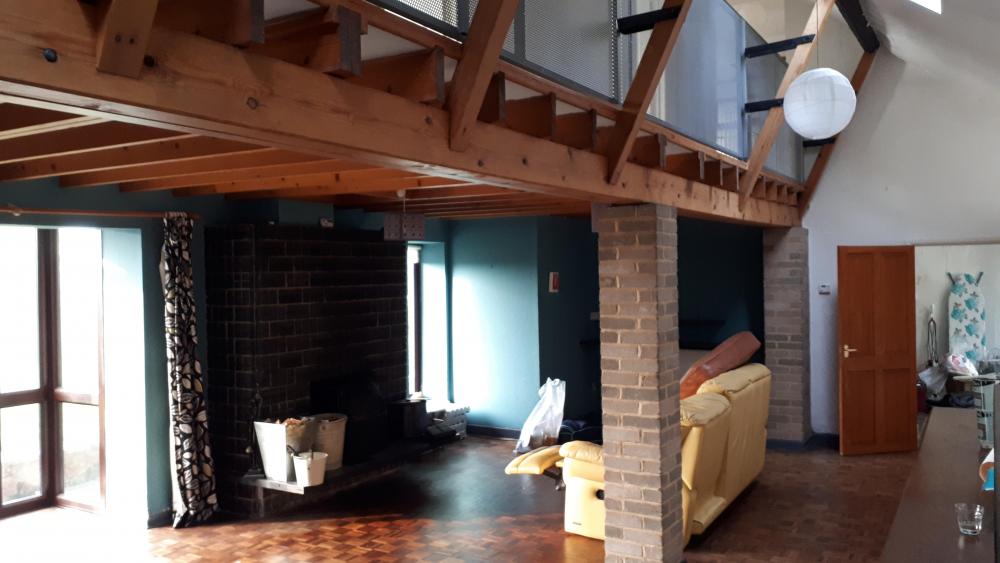
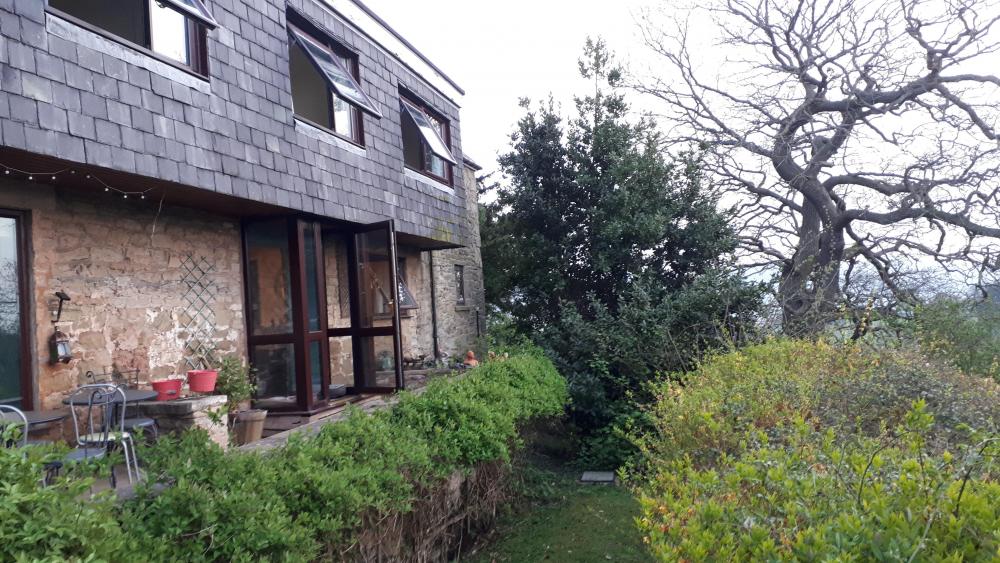
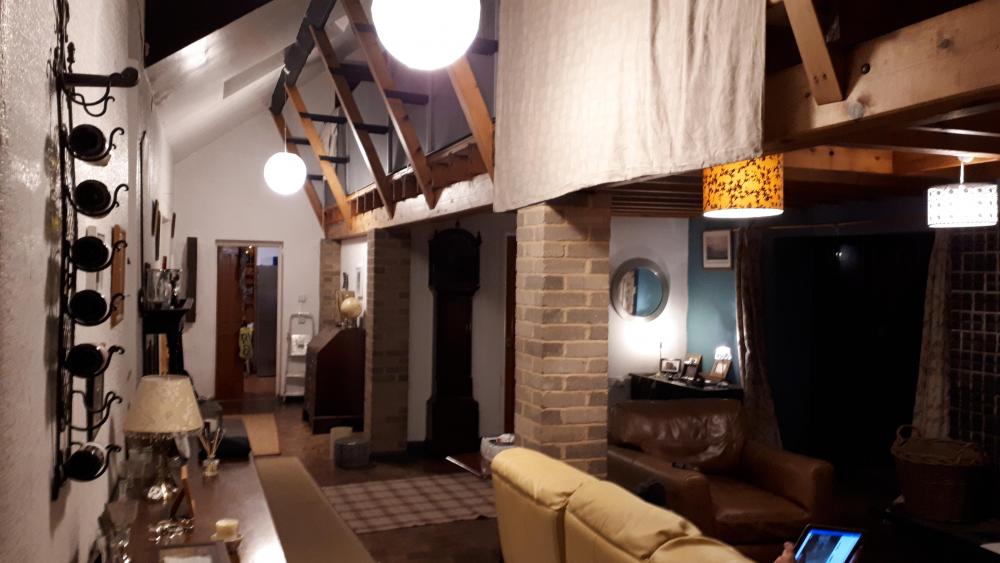

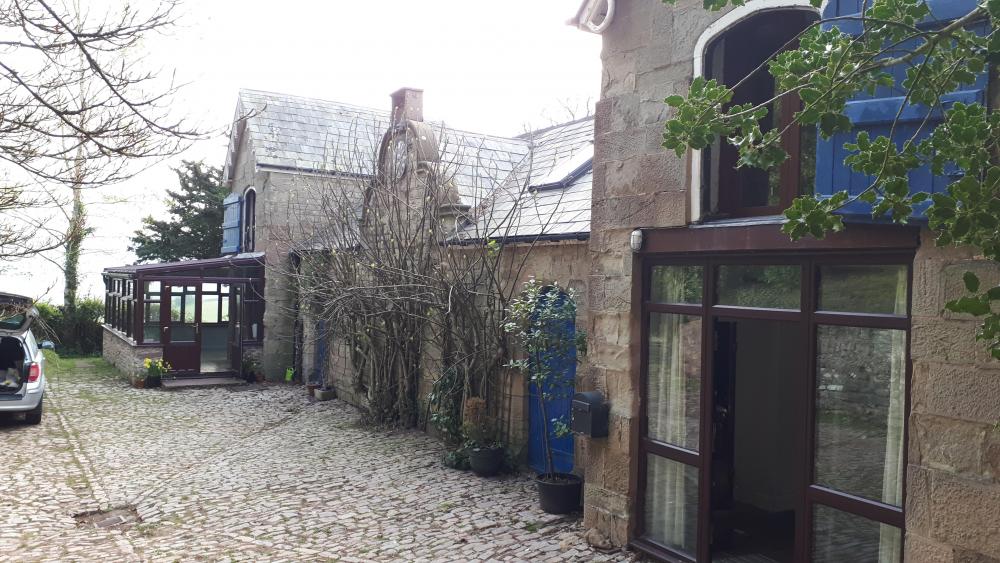



.thumb.jpg.bac90f3bbf6868cf2118d010d936c99d.jpg)

